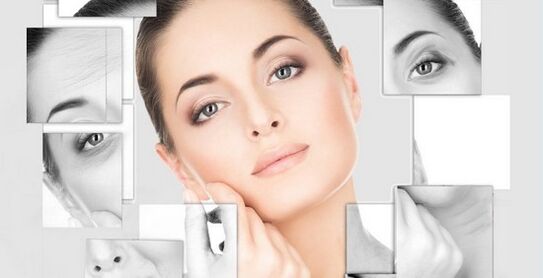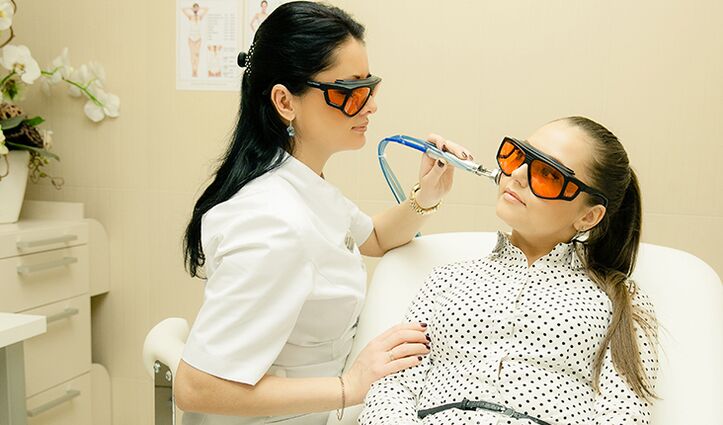
Laser rejuvenation is no longer something rare and legendary. Now everyone can turn back the years they lived. But not everyone has reliable information about laser rejuvenation methods and therefore they make mistakes in choosing the procedure.
First of all you need to understand the types of procedures. There are two of them:
ablative;
non-ablative.
Such effects are divided into the following:
solid (full);
fractional (incomplete).
Perhaps at first glance these laser rejuvenation methods may seem similar, but this is far from the case. Only the result is the same: after correctly selected types of treatment, the skin becomes several years younger and really looks much better.
Non-ablative laser treatment works with the deep layers of the skin and heats them. The effect of laser beam energy on fibroblasts causes them to produce collagen and elastin faster. Microcirculation in the layers of the skin also improves.
This method is most effective when:
scars and serious skin damage;
extensive rashes;
hyperpigmentation and uneven skin color;
after acne;
skin crack.
Non-ablative treatment is based on the work of the erbium laser. Thanks to the special wavelength (1550 nm), the upper layers of the skin are not affected, while the lower layers receive the necessary stimulation for restoration. As a result, most of the defects are eliminated.
Ablative laser treatment works a little differently. In this method, a carbon dioxide laser with a wavelength of 10600 nm is used. The effect is carried out not only in the lower part of the skin, but also in its upper layers. Using the ablative method, skin texture is equalized and a lifting effect is achieved. Applies to:
wrinkles around the eyes, small facial wrinkles;
decrease in skin tone;
pigmentation disorders.
It is worth noting that the rehabilitation period after this procedure will be slightly longer since a larger amount of skin is exposed compared to the non-ablative method.
Despite the differences, the essence of both methods is the same. Using the energy of the laser beam, the water in the dermis is heated and literally evaporated. At the same time, collagen and elastin synthesis, which are necessary for rejuvenation, is also initiated.
Fractional and continuous laser exposure

Although these two methods give approximately the same results, they have important differences.
In continuous laser treatment, the laser affects the skin from a single point. However, due to the high risk of scarring and the long recovery time, this type of laser treatment is no longer used almost anywhere.
In another case, the laser is split into many smaller beams that form a grid. Thus, the laser, which affects only 20% of the skin area, provides a 100% rejuvenation effect. This method is more modern and safe, with its use the rehabilitation period is noticeably reduced.
Laser photo rejuvenation
This rejuvenation technique works with the deep layers of the skin like the non-ablative technique. However, they are by no means the same or interchangeable.
The best laser beams almost completely "ignore" the dermis, but have an excellent effect on the nerve endings in the skin, giving the body a signal for the renewal of cells. Fine wrinkles disappear, skin tone is restored.
Devices such as KTP (wavelength 532 nm) and ND: Yag (wavelength 1064 nm) are used in laser photorejuvenation. Thanks to these parameters, laser radiation is perfectly absorbed by hemoglobin and melanin molecules, which are responsible for skin pigmentation. At the same time, water molecules practically do not heat up. For these reasons, laser photorejuvenation is an extremely effective tool in correcting skin color and combating vascular networks on it.
This technique does not require a long rehabilitation period and anesthesia.
Finally
Each laser skin rejuvenation method has its own unique characteristics that greatly affect the final result. In order for rejuvenation to be not only easy and effective, but also a safe process, the technique must be carefully selected.
It is worth knowing that some beauticians do not explain to the client all the features of this procedure and choose a device for laser treatment on the principle of "what is available". To avoid this, you should contact experienced specialists with experience who have positively proven themselves throughout the entire period of work.


























































